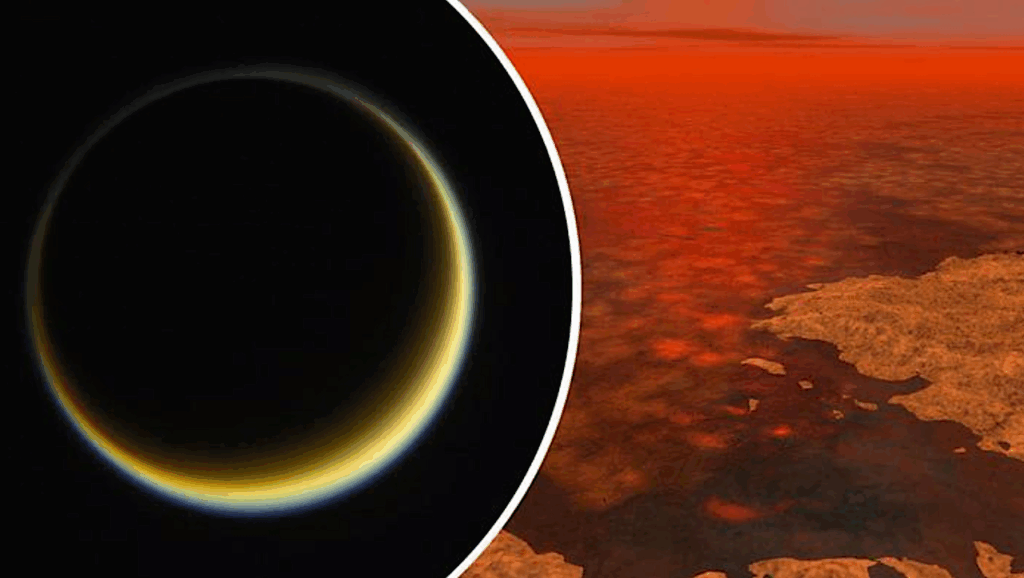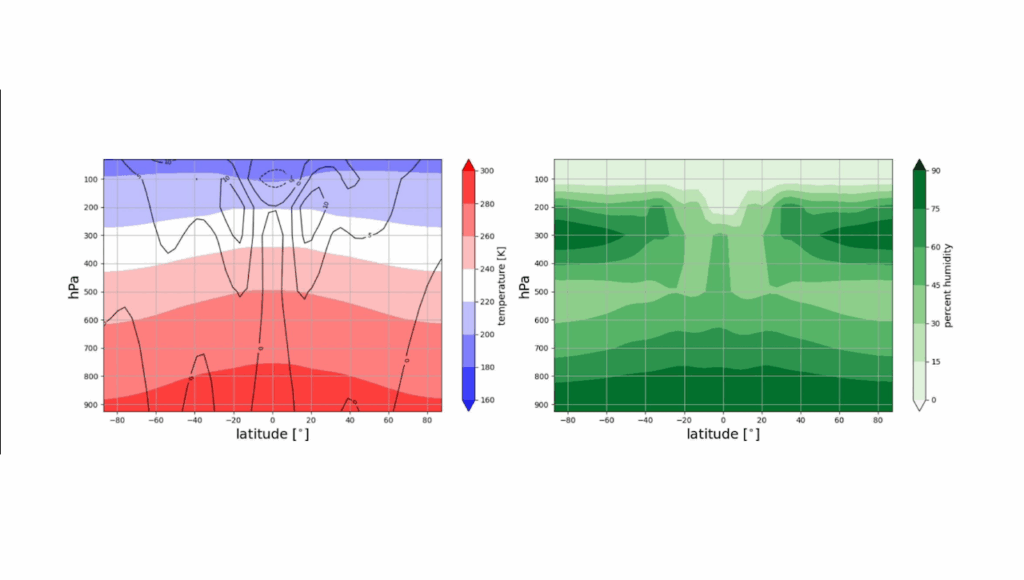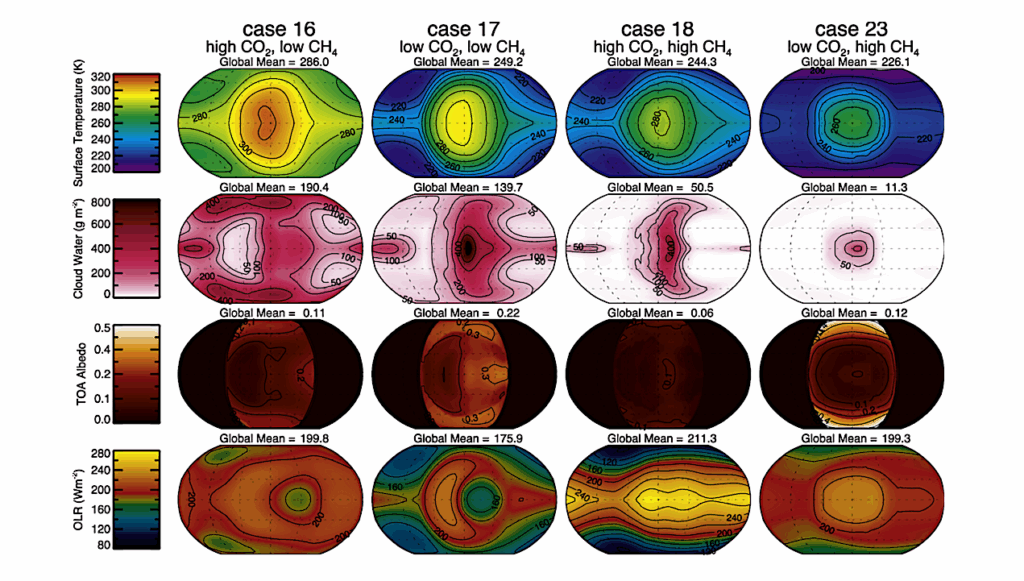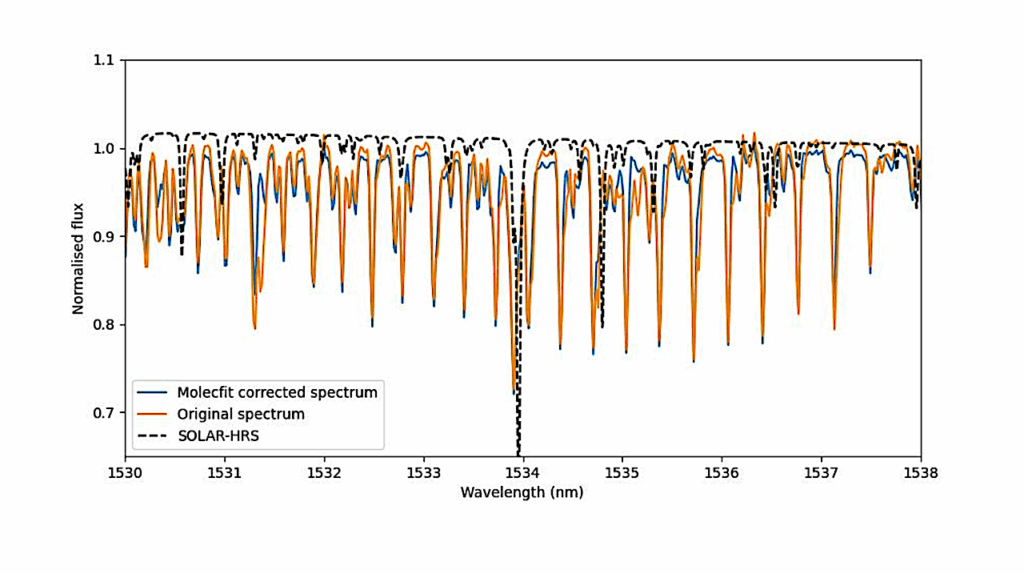How Does The Background Atmosphere Affect The Onset Of The Runaway Greenhouse?

As the insolation of an Earth-like (exo)planet with a large amount of water increases, its surface and atmospheric temperatures also increase, eventually leading to a catastrophic runaway greenhouse transition.
While some studies have shown that the onset of the runaway greenhouse may be delayed due to an overshoot of the outgoing longwave radiation (OLR) — compared to the Simpson-Nakajima threshold — by radiatively inactive gases, there is still no consensus on whether this is occurring and why. Here, we used a suite of 1D radiative-convective models to study the runaway greenhouse transition, with particular emphasis on taking into account the radical change in the amount of water vapour (from trace gas to dominant gas).
The aim of this work is twofold: first, to determine the most important physical processes and parametrisations affecting the OLR; and second, to propose reference OLR curves for N2+H2O atmospheres. Through multiple sensitivity tests, we list and select the main important physical processes and parametrisations that need to be accounted for in 1D radiative-convective models to compute an accurate estimate of the OLR for N2+H2O atmospheres.
The reference OLR curve is computed with a 1D model built according to the sensitivity tests. These tests also allow us to interpret the diversity of results already published in the literature. Moreover, we provide a correlated-k table able to reproduce line-by-line calculations with high accuracy. We find that the transition between an N2-dominated atmosphere and an H2O-dominated atmosphere induces an overshoot of the OLR compared to the (pure H2O) Simpson-Nakajima asymptotic limit. This overshoot is first due to a transition between foreign and self-broadening of the water absorption lines, and second to a transition between dry and moist adiabatic lapse rates.
G. Chaverot, M. Turbet, E. Bolmont, J. Leconte
Subjects: Earth and Planetary Astrophysics (astro-ph.EP)
DOI: 10.1051/0004-6361/202142286
Cite as: arXiv:2111.07662 [astro-ph.EP] (or arXiv:2111.07662v1 [astro-ph.EP] for this version)
Submission history
From: Guillaume Chaverot
[v1] Mon, 15 Nov 2021 10:43:43 UTC (320 KB)
https://arxiv.org/abs/2111.07662
Astrobiology,








